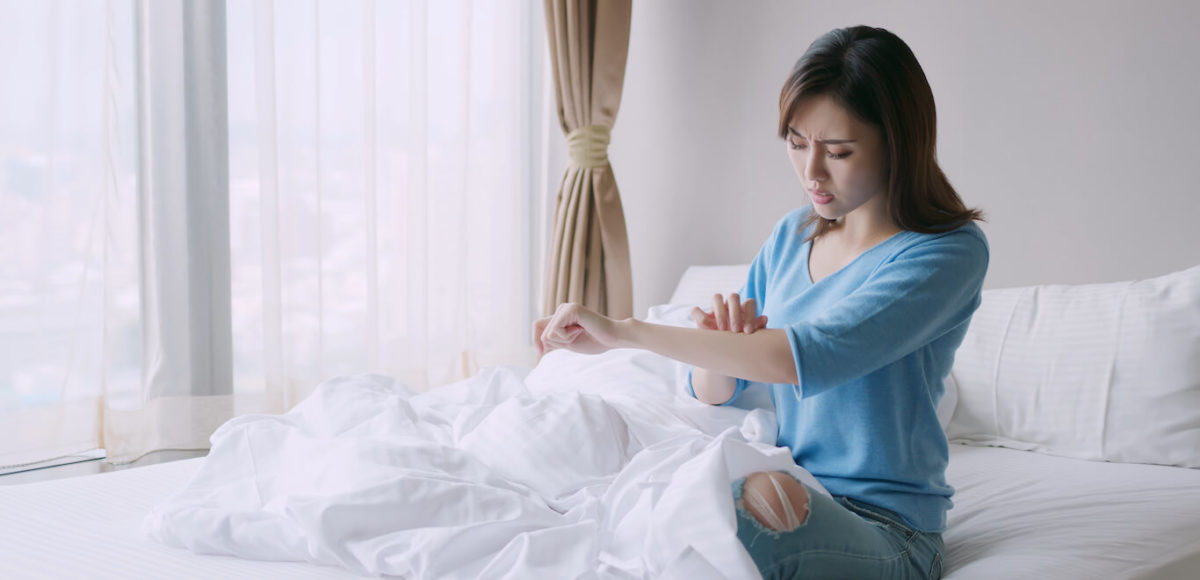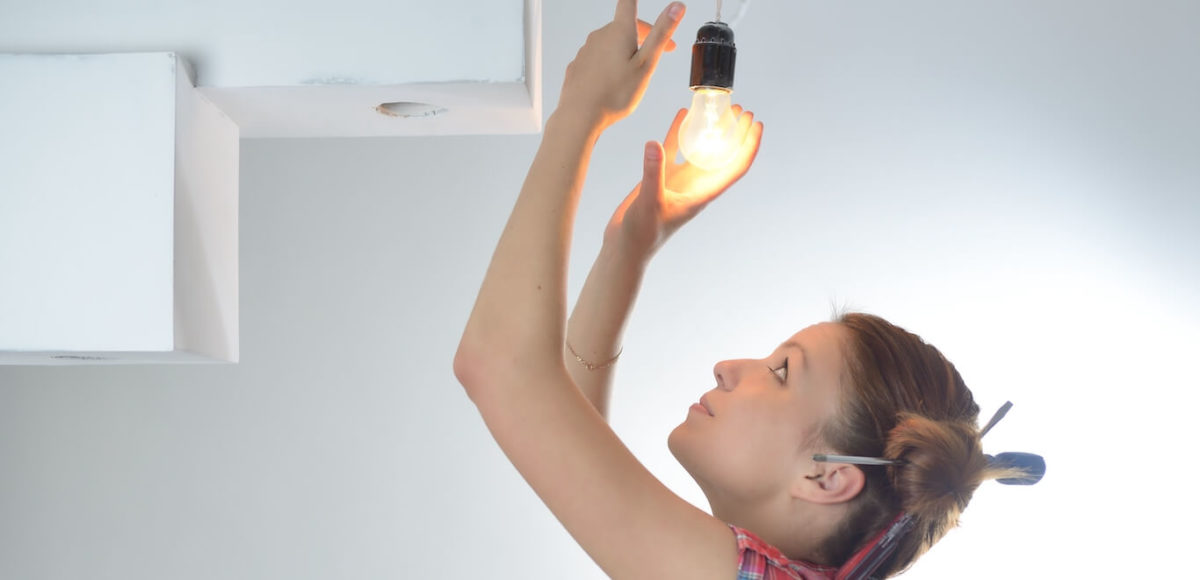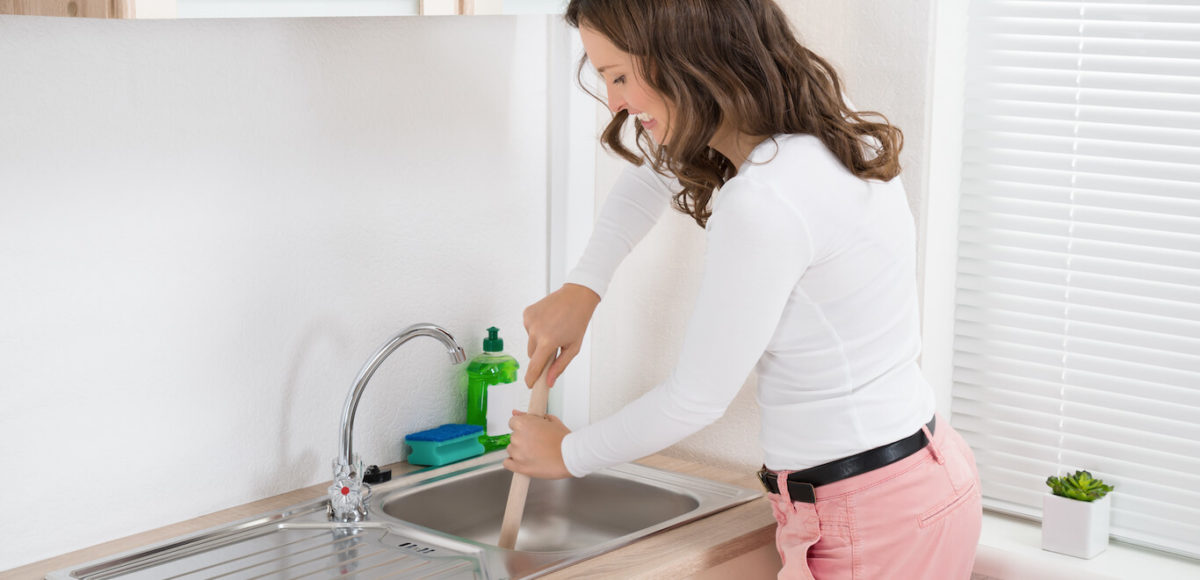You thought apartment floods could only happen from the outside, in—from heavy rain or a hurricane. But now you’re dealing with a flood from upstairs and waterfalls from your neighbor’s burst pipes are cascading into your living room.
When other tenants live above you in separate apartments, your risk of a flood from upstairs increases exponentially. The fact is: if their apartment floods, your apartment most likely floods, too. Thanks a lot, gravity!
Find out what to do when disaster strikes, and how to get back on your feet.
5 Steps for Handling a Flood from Upstairs
Step #1: Recognize Common Sources of Upstairs Flooding
Before you look outside for the cause of the flooding, look up. According to PRO Restoration, the most common sources of indoor flooding include:
- Burst pipes
- Leaky water heaters
- Clogged sewer or drain lines
- Faulty washing machine hoses
Refrigerators, dishwashers, and toilets are also common culprits of upstairs flooding. If you can identify the source of a flood from upstairs, you’ll be able to help your landlord and repair workers find and fix the issue. You might even be able to stop the deluge by shutting off the proper water supply valves.
Step #2: Salvage Your Stuff
With an upstairs flood, chances are good that the water is coming into your apartment from a specific part of your ceiling. Move valuable items that are at risk of damage from the upstairs flood to a separate area of your apartment. If need be, transfer your stuff to a neighbor’s apartment, to your car, or to waterproof storage.
Step #3: Call Your Landlord for Help
Your landlord will want to stop the flooding as much as you do. After all, the apartment technically belongs to them! Don’t be afraid to reach out and ask your landlord for help. Oftentimes, they will be more than happy to provide skilled personnel, flood remediation services, fans, wet vacs, and more.
In general, your landlord is responsible for repairs related to ensuring your apartment remains in a livable condition. Flooding damage caused by an upstairs apartment most likely falls into this category. Ultimately, your lease will specify whether your landlord is responsible for making the repairs.
Step #4: Contact Your Insurance Company
Some landlords require all tenants to purchase renters insurance to reduce the risk of personal property damage claims. Even if your landlord doesn’t require renters insurance, you may want to consider before renting an apartment to better protect yourself financially.
If you do have renters insurance (high five!), call your claims department to see if they can help you replace your damaged possessions or make repairs. Photographing any evidence of the flooding and documenting all correspondence with your landlord will help streamline the process of your insurance payout.
Step #5: Take Care of the Repairs
Request that your landlord covers the cost of the repairs. If they refuse, you have a number of options. One is to hire your own handyman, then talk to your landlord about deducting the cost of the repair bill from your rent. Another is to make the repairs yourself, then submit your costs to your landlord for reimbursement.
If the upstairs flooding has made your apartment completely unlivable and your landlord is not making the necessary fixes, it may be time to take further action by seeking help from a local group representing tenants, reporting the issue to your city’s code inspection office, and/or taking your landlord to court.
After your apartment floods from upstairs, you may be ready to find a new one. Find (dry!) apartments for rent near you on ApartmentSearch.com.




